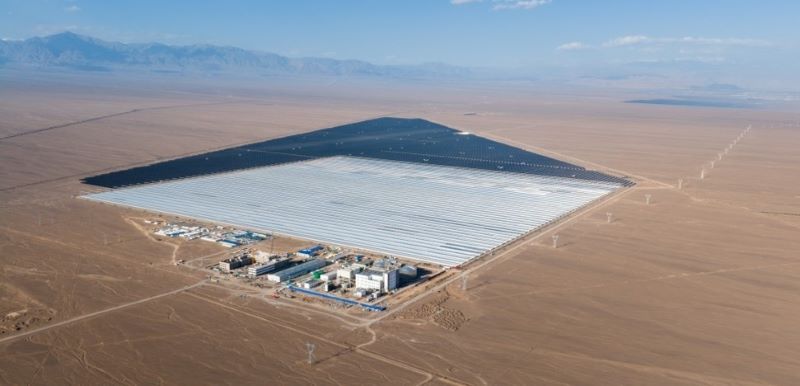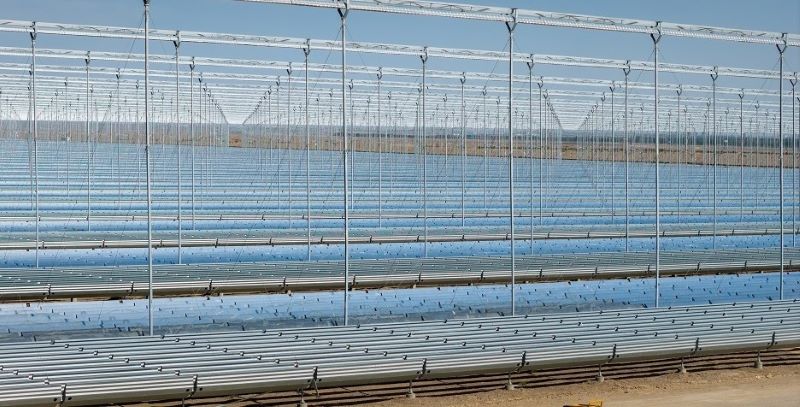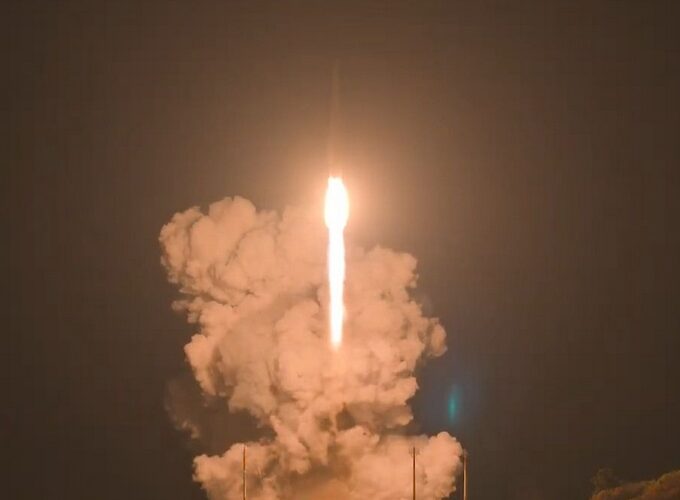On September 18, China’s largest “linear Fresnel” solar thermal integrated energy demonstration project, the Three Gorges Group’s Hami 1,000-kilowatt “solar thermal + photovoltaic” project, achieved full grid connection and power generation. This marks the official launch of a new “solar thermal + photovoltaic” coordinated operation model, which will help enhance the grid’s ability to accommodate new energy sources.
“Linear Fresnel” is a type of solar thermal power generation technology that utilizes the principles of light reflection and refraction proposed by French physicist Fresnel to generate electricity by converting solar energy.
Located in Yizhou District, Hami City, Xinjiang, the project has a total installed capacity of 1,000,000 kilowatts (GW), comprising a 100,000-MW solar thermal energy storage power station and a 900,000-GW photovoltaic power station. The solar thermal system uses 260,000 linearly arranged reflectors to concentrate sunlight, heating molten salt for thermal storage. The entire solar thermal system can store energy for up to eight hours, effectively achieving efficient conversion and stable utilization of solar energy.

Shi Yong, on-site manager of the Xinjiang branch of the Three Gorges Corporation, explained that the project leverages the energy storage and peak-shaving capabilities of the solar thermal power station, creating a highly complementary solution with the 900,000-GW photovoltaic power station. During the day, photovoltaic power generation meets the grid’s base load; at night or during rainy periods, the solar thermal energy storage system seamlessly provides power, ensuring 24-hour stable output.
Once fully connected to the grid, the solar thermal energy storage power station will fully leverage its peak-shaving function as a base power source, operating in tandem with the photovoltaic power station to form a multi-energy, complementary clean energy base. It is expected to generate approximately 2.067 billion kilowatt-hours of clean electricity annually, reducing carbon dioxide emissions by over 1.63 million tons.












